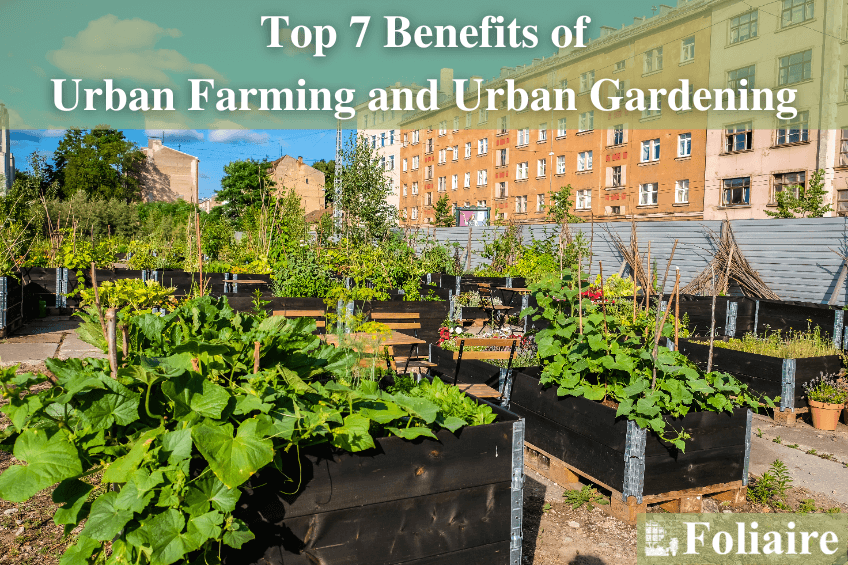City Blooming Fundamentals Explained
Table of ContentsThe Best Strategy To Use For City BloomingCity Blooming Fundamentals ExplainedSome Known Factual Statements About City Blooming City Blooming for DummiesHow City Blooming can Save You Time, Stress, and Money.
Interested in growing food for sale in the City of Chicago? Below is a checklist of frequently asked questions pertaining to the regulations and guidelines that cultivators need to think about when preparing a city farming project.
The zoning modification does not modify any kind of other codes dealing with composting, structure authorizations, purchasing or renting City owned residential or commercial property, company licenses or ecological contamination. There are existing codes that manage these issues and they remain completely effect and may apply to your task. Neighborhood gardens are generally owned or managed by public entities, civic organizations or community-based companies and kept by volunteers.
Urban farms grow food that is meant to be marketed, either on a nonprofit or for-profit basis. Because of their business objective, metropolitan ranches require an organization permit. Yes. An area yard is permitted to market surplus create that was expanded on website if the sales are accessory or subservient to the garden's main objective described above.
The smart Trick of City Blooming That Nobody is Discussing
The amount of garden compost product can not go beyond 25 cubic yards at any given time according to the standards in 7-28-715 of the City's Municipal Code. Because the soil at many brand-new garden websites needs modifying, garden compost, soil, wood chips, or other materials can be acquired to construct or improve the expanding space.

If a structure authorization is needed then the hoophouse will certainly be taken into consideration an accessory structure. You can learn even more regarding the building license requirements by contacting the Division of Structures. The 25,000-square-foot dimension limit is planned to protect against a solitary neighborhood garden from controling a provided block or taking away from the block's existing property or industrial personality.
The limitation does not relate to yards located in Public Open Area (POS) districts. Can there be greater than one community yard that is 25,000 square feet on a solitary block? Yes. The dimension restriction applies to private yards, not to individual blocks. No. Fence is not required, nevertheless, yards that have huge auto parking locations might be required to set up fencing or other landscape design features.
Not known Factual Statements About City Blooming
B1 & B2 districts need that all business usage tasks be carried out indoors. Is fence required for urban ranches? Fencings may be needed, along with landscaping and screening, for certain parking areas and outside work or storage areas depending on location and the specific task taking place.
Urban ranches need structure permits and zoning authorizations prior to building and construction (fruit and vegtables). Various other kinds of city evaluation might be called for depending on particular frameworks, tasks, size, landscaping, licensing, public heath and stormwater management issues.
The Division of Organization Matters and Consumer Defense can aid determine the particular kind of business license that's required. Off street auto parking is needed for the majority of industrial tasks in Chicago. The called for number of vehicle parking areas is based on the number of employees working on website and not the square video of the growing room.
An Unbiased View of City Blooming

Yes. A metropolitan farm can offer compost material produced on website, however, the procedure must adhere to the laws in 7-28-715 of the Chicago Municipal Code. Yes. Aquaponic systems are allowed inside on city ranches in numerous zoning districts. However, a zoning review and structure license is required in order to mount frameworks or systems and a service permit is required as described above.
Approximately 5 hives or colonies of honey bees might be kept as an accessory use. Nevertheless, beekeepers should sign up with the Illinois Department of Agriculture. For additional information concerning the proposed zoning amendment you might get in touch with the Division of Housing and Economic Growth, Bureau of Preparation and Zoning at 312.744.8563.
Farming in cities and city areas A city farm in Chicago. Urban agriculture describes numerous techniques of cultivating. https://experiment.com/users/cityblooming, handling, and dispersing food in urban areas. The term additionally applies here to the area activities of animal husbandry, aquaculture, beekeeping, and gardening in an urban context. Urban agriculture is distinguished from peri-urban agriculture, which occurs in backwoods at the edge of residential areas.
The Best Strategy To Use For City Blooming
, that seek to create social networks established on a shared principles of nature and neighborhood holism. These networks can create by method of formal institutional support, coming to be incorporated right into neighborhood community planning as a "change town" motion for lasting urban development.
Some of the initial proof of metropolitan agriculture comes from Mesopotamia.